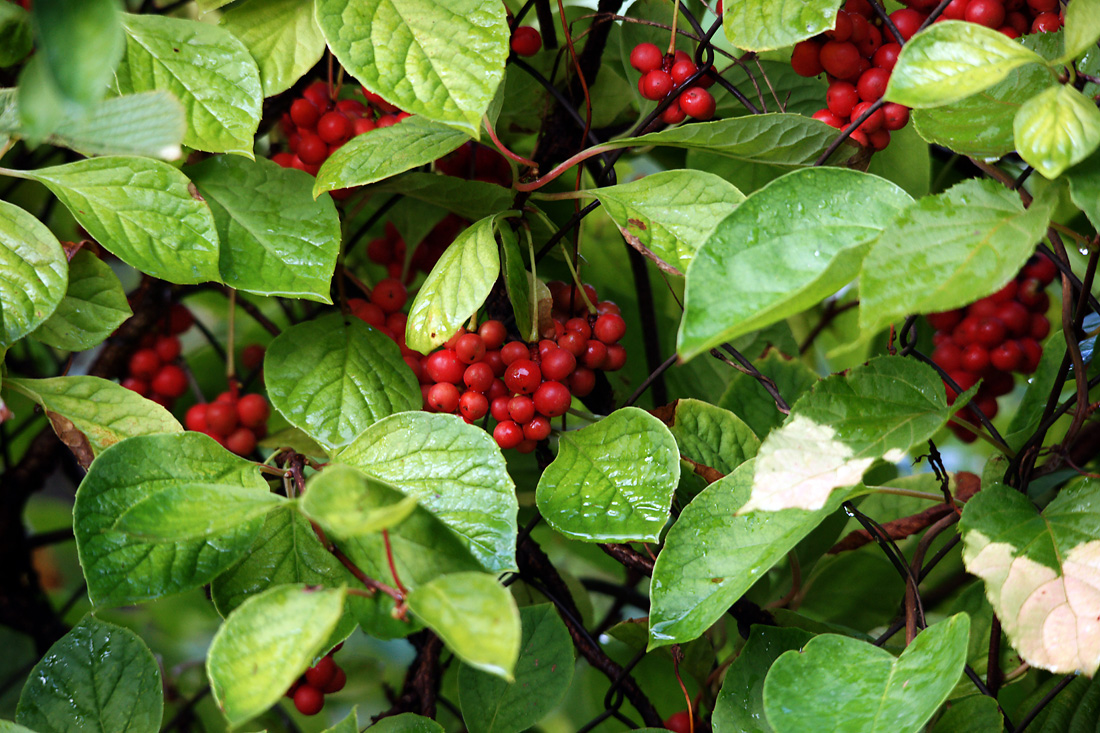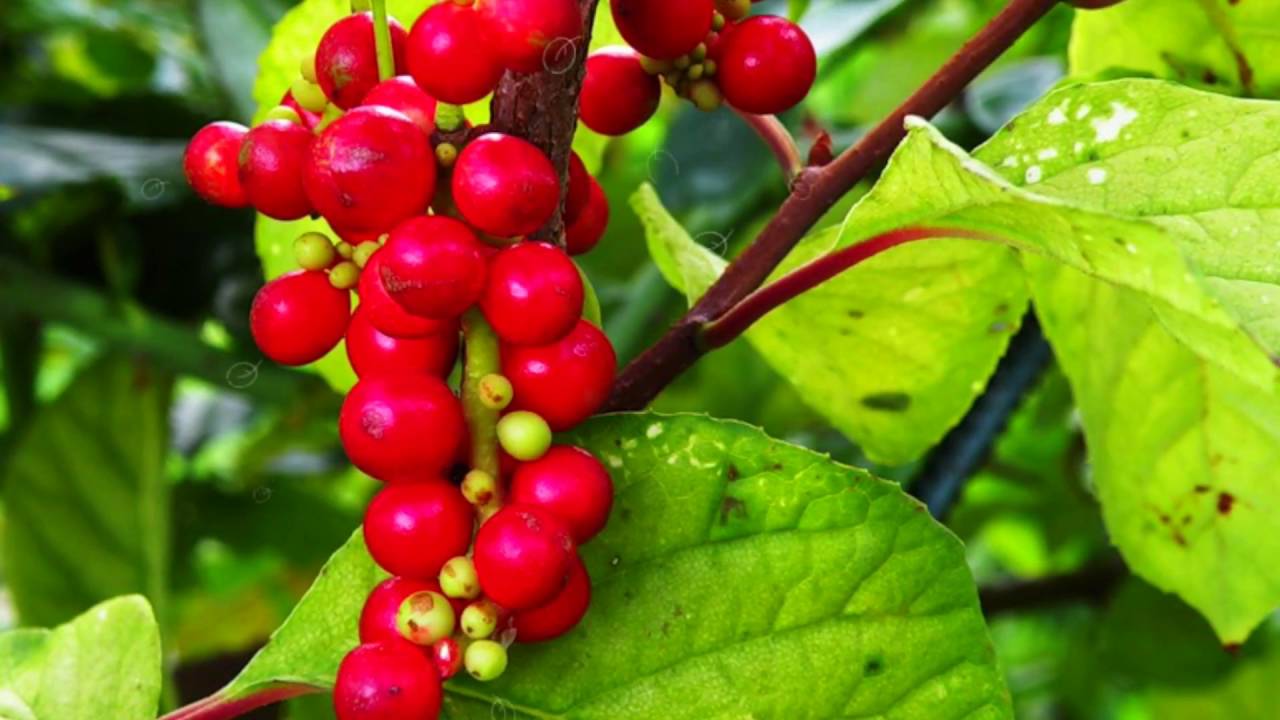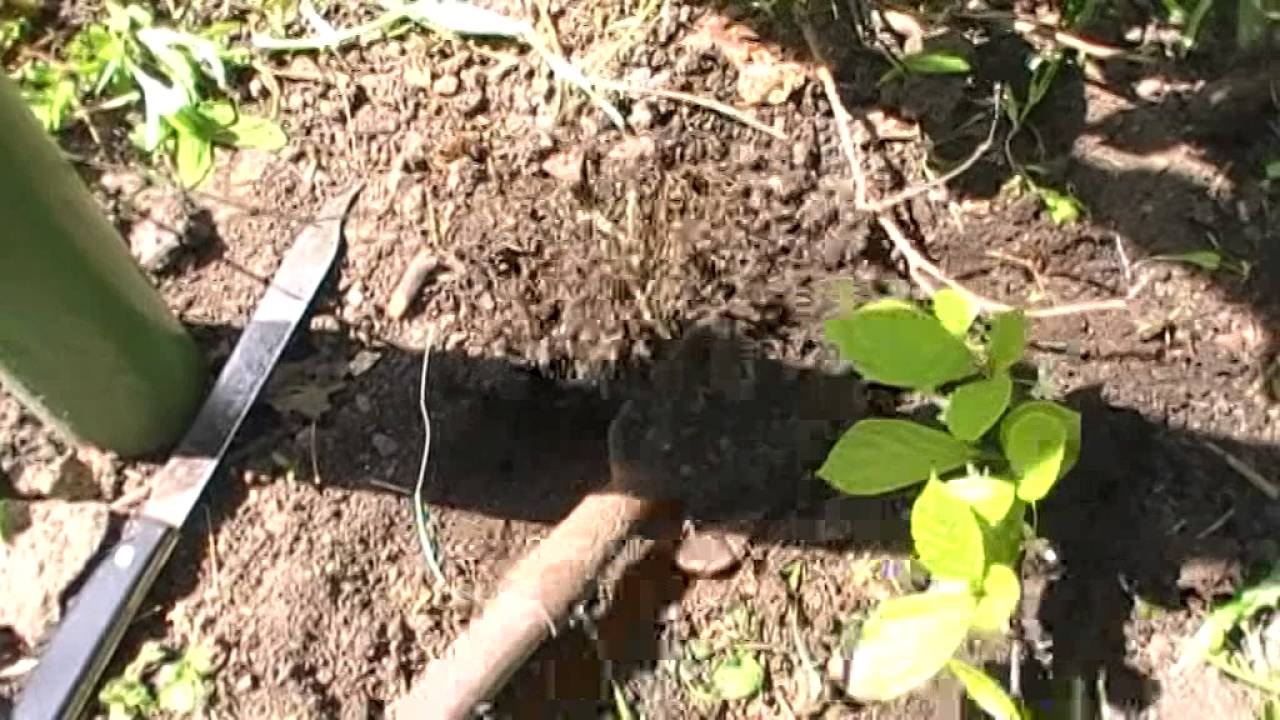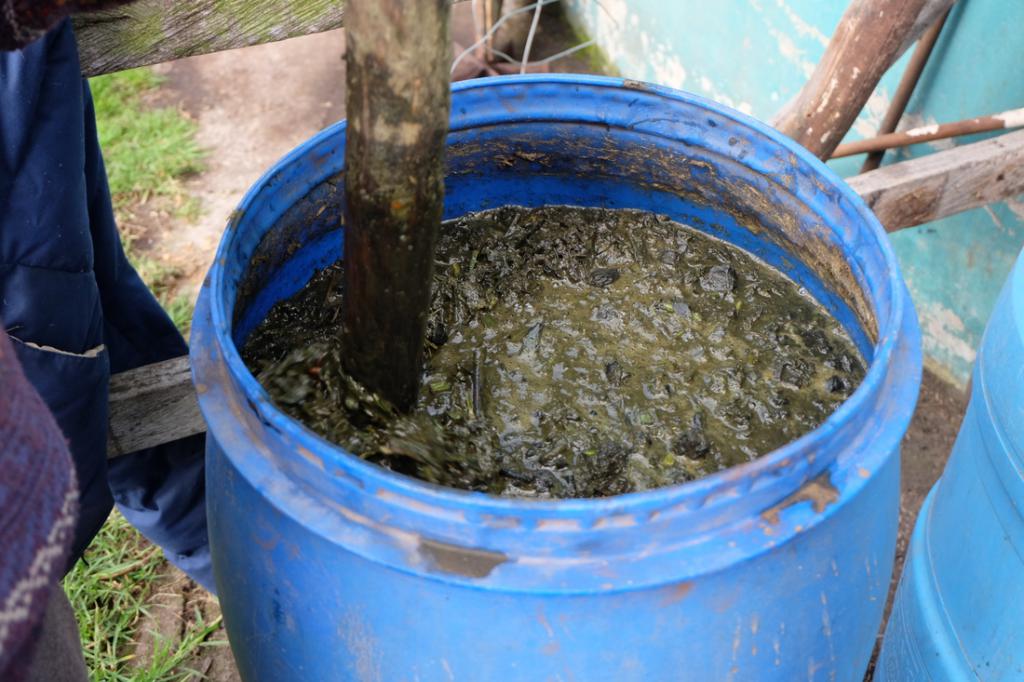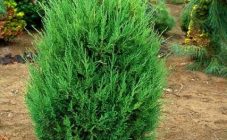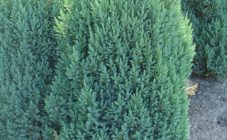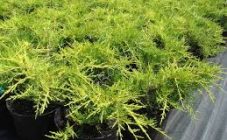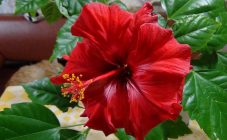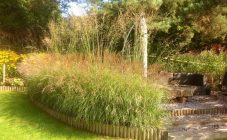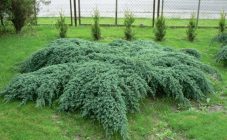Content:
Invaluable, as experienced gardeners point out, is the benefits of Schisandra chinensis. This perennial vine grows quickly, has an attractive appearance, which is why it is often used in landscape design. Jams, jelly are made from the fruits of this plant, used for baking, desserts and various drinks. Lemongrass is inexpensive - cultivation and care can be done independently, using simple garden tools and organic fertilizers.
What is Chinese lemongrass
Schisandra chinensis is a flowering plant, liana, which belongs to the genus Schisandra. It is perennial. It stands out among others for its strong stems. In length lemongrass can grow up to 15 m, although in diameter - only 1-2 cm. Young shoots of the plant can be recognized by their red-brown color, smoothness and glossiness of the coating. Old shoots, on the other hand, have a scaly, dark brown bark. Leaves of lemongrass are rich green, elliptical. The maximum length is 10 cm, the width is 5 cm. The edges may have subtle denticles.
If this useful species does not have the proper conditions and care, it gradually becomes like a bush, blooms poorly and bears fruit. Ripening occurs at the end of August or (more often) in the middle of September. Productivity - from 1 to 5 kg per season.
In the Russian Federation, it most often sprouts in areas such as Khabarovsk, Primorsky, Amursky Krai, Sakhalin, and the Middle zone of Russia can boast of them.
Dioecious and monoecious
Lemongrass can be monoecious or dioecious. In the first case, the plant contains flowers with both pistils and stamens. In the second case, the flowers of the plant contain only stamens or only pistils. Thus, exclusively male or only female flower vines are formed. Although, as the experience of gardeners shows, approximately 35-40% of plants are male representatives, the number and variety of flowers on Schisandra chinensis may differ annually. For example, in one year only male flowers grow on a liana, in another year both female and male flowers.
Flowers and fruits
As the description of the Chinese magnolia vine in the scientific literature makes clear, the plant begins to bloom in the warm season. As a rule, this is the end of May or the beginning of June. White buds with petals of the same color develop in the leaf axils. Sometimes you will notice a pink base. Female flowers are distinguished by the presence of large green pistils, male flowers - by three stamens.
More flowers, as experience shows, bloom on those lianas whose height exceeds 2 meters. More female flowers are concentrated there.
Male flowers are located at the bottom of the plant. Their pollen is carried up by the wind. Bees very rarely sit on lemongrass.
It is clear that more lemongrass fruits can be harvested at a height of 1 meter or more.
Given this feature, autumn and summer must necessarily become periods for cutting the vines. Otherwise, the thick leaves will prevent pollen from getting into the female flowers, and there will be no harvest.Weather conditions remain important for this process. So, if there is a lot of precipitation during the season, then you should not count on juicy fruits, because pollen is transferred only in dry form.
The benefits of the plant
As breeders and gardeners note, it is simply impossible not to love a plant like Chinese magnolia vine. It is rightly called "home medicine", because it is very rich in minerals and vitamins. Magnesium, boron, iodine, copper, calcium, manganese, potassium, zinc, nickel - this is not a complete list of what is contained in the berries and bark of the plant.
Schisandra has a healing effect when used for various neurological diseases. Due to its special composition, liana fruits help to restore reflexes, promote muscle-nervous conduction. Other useful properties that are actively used in pharmaceuticals are:
- choleretic;
- wound healing;
- toning;
- adaptogenicity;
- general strengthening of the body.
It is resolved by patients with diabetes.
Harm to health
Although the plant is very beneficial, meanwhile, doctors point to situations when it is absolutely necessary to refuse lemongrass berries. It is prohibited when:
- heart rhythm disturbances;
- epilepsy;
- chronic liver disease;
- increased blood pressure;
- strong nervous excitability;
- acute infectious diseases;
- insomnia.
Landing features
The best time to plant lemongrass is spring, but before bud break. Humidity of the soil and freezing temperatures give the plant a chance for successful germination. You can count on the best result if you plant the plant in loamy light soil. The acidity should be minimal, therefore, before planting a vine seedling in a planting pit, about 400 g of lime is added there per 1 square meter. As for the seat itself, this size would be optimal - 50 (depth) by 60 (width) by 60 (length) cm.
The bottom of the prepared pit is covered with a layer (up to 10 cm) of a mixture of gravel, sand and crushed stone. You need to fill the hole with selection soil. You can also add superphosphate (250 g), compost, potassium salt (no more than 90 g) there.
In the event that the selected area is located on clayey heavy soils, it is recommended to add a little sand to the planting hole.
You need to plant plants at a distance of at least 1 meter from each other.
Reproduction methods
Reproduction of Schisandra chinensis can take place in several alternatives. The most popular of them are 3:
- Seeds. The best time for seed preparation is winter. From February until the planting season (April), the seed should be stored in a cool place (such as a refrigerator or cellar). Moss or sand will be a great place for him. At least 3-4 days before planting, the seeds should be soaked in clean water. Lemongrass will grow rapidly if seedlings are planted in so-called peat tablets or a mixture of soil, humus and sand. In partial shade, seedlings grow faster and develop more successfully.
- Root shoots. Gardeners call this method the simplest option.In early spring, even before the buds bloom, 2-3 branches with a developed root system must be separated from the vine. The shoots can be immediately planted in a permanent place.
- Cuttings. It is better to choose a young (last year's), but already lignified shoot. It is better to cut this off in early July. Next, the cutting should be placed in a preparation for a day that stimulates the development of the root system. Then the trim is placed in a greenhouse or box. The best base is coarse sand or a mixture of soil and peat. After 36-45 days, the firstborn can be planted in open ground.
Reproduction on a trellis
The method that allows the propagation of lemongrass on a trellis is called "bends". The basis for the planting material can be taken from annual and strong growths that appeared on the basis of root growth.
In early spring, the vine is placed on a prepared plot of land. Sprinkle it over a length of 15 cm with a mixture of earth and humus. The top must be attached to the trellis. After about 4-6 months, the plant will have roots, but a strong system will only form in 2-3 years.
Plant care
Quite often, gardeners who grow Chinese magnolia vine are interested in planting and caring for this plant in the Moscow region. Meanwhile, it turns out to be quite easy to grow it. Proper care includes:
- systematic watering - it is necessary to determine the amount of moisture by the appearance of the soil, it should not dry out to a depth of more than 3 cm;
- applying seasonal fertilizers;
- tying to supports;
- loosening the soil around the trunk;
- weed removal.
Special attention should be paid to pruning the plant. If this procedure is skipped for two seasons in a row, then the crown will be so thick that there will be only a shadow around the berries. Accordingly, you should not count on a rich and quick harvest.
The best time for circumcision is summer. Young shoots can be pinched, but an important condition is that at least 10 buds must remain on them.
Top dressing
To saturate fruits with vitamins, the plant extracts them from the soil. Accordingly, every year the land on which lemongrass grew becomes more and more depleted, the yield of the vine is less and less. To prevent this from happening, the owner should devote special attention to feeding. During one season, this will have to be done 4-5 times:
- In early spring, until the buds bloom. The best remedy for this period will be nitrophoska. You need to use it with the calculation of 50 grams per 1 sq. m. The substance is diluted in water (in an arbitrary volume) and watered generously.
- Organic fertilizers, including mullein, will be a good option at the end of flowering. For one adult lemongrass it is worth using 10 liters.
- In the summer, the use of complex fertilizers will be appropriate.
- At the end of September, potassium-phosphorus fertilizers can be applied.
Transfer
Lemongrass Chinese tolerates transplantation very badly, because it is afraid of overdried roots. Even if he takes root in a new place, then, most likely, his harvest will be average. If a plant transplant is mandatory for the owner, then it must be done quickly. First, you need to prepare a new place (dig a hole) and backfill material, only after that start digging out the vines.
Summing up, it should be said that Chinese lemongrass is a relatively undemanding plant, but generous in harvest and beautiful in appearance. With a little effort to breed it, the owner will have a source of vitamins and minerals in his yard until late autumn.
